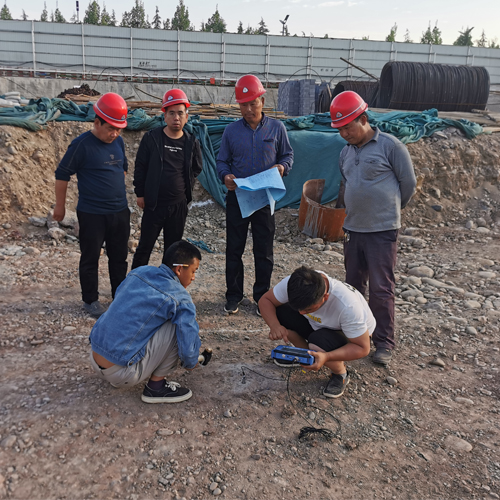PIT testing of foundation piles has the advantages of simple operation, economy, strong timeliness, and high accuracy, which has been widely used in foundation pile integrity detection.

However, low strain detection also has the following limitations in practical applications:
1. It is suitable for testing the integrity of rigid material piles such as concrete cast-in-place piles. The specification stipulates that the slenderness ratio of the test pile should not be less than 10, the pile diameter should be less than 2.0m, and the pile length should generally not be greater than 40m. In practice, it is more difficult to obtain the whole pile waveform for piles with too large slenderness ratio or long pile length.
2. When there is a reflected wave that characterizes the defect and the bottom of the pile, the vibration wave velocity required to calculate the pile length and defect location cannot be accurately determined, and the calculated pile length and defect location are deviated from the real situation.
3. The pile body defects can be judged qualitatively, but it is difficult to distinguish the specific types of defects (such as poor concrete cementation, mud, honeycomb, segregation, holes, etc.), making it difficult to distinguish between segregation and diameter reduction, severe segregation and broken piles, interlayer and cracks.
4. The severity of the defect is judged based on the relative magnitude of the reflected wave amplitude at the defect (the larger the relative amplitude of the defect, the more serious the defect). Especially when multiple defects are reflected in the waveform, the technicians may be affected by their own technical level and subjective experience, and there may be a certain deviation between the judgement results of pile integrity and the actual situation.
5. Low-strain testing is more accurate in reflecting sudden changes in the wave impedance of the pile (such as broken piles), but it is difficult to clearly reflect the gradual change in the wave impedance of the pile (such as the gradual change of pile diameter) and small defects.
6. The detection signal will be affected by the rock and soil layers around the pile, and the analysis needs to be combined with the specific stratum and construction conditions for judgment. When the stratum is complex and changes greatly, it will interfere with the integrity judgment.
